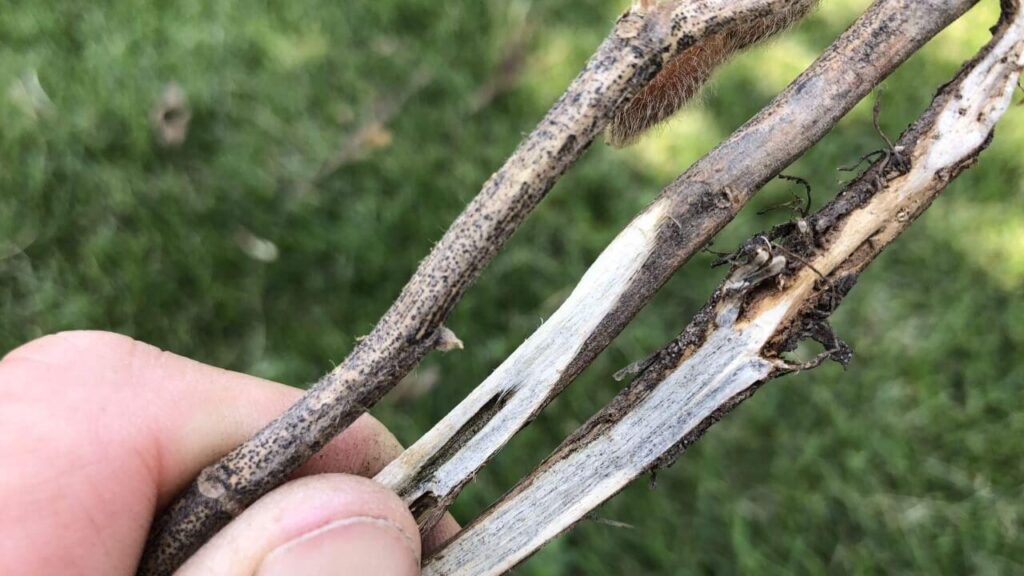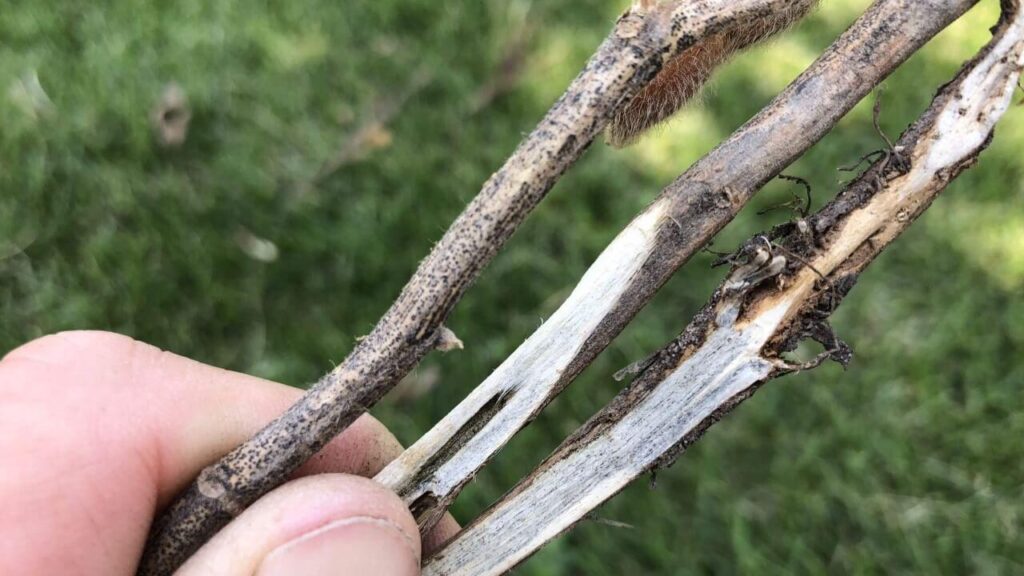A groundbreaking advancement has emerged for soybean farmers battling the persistent menace of charcoal rot disease. Novel risk mapping techniques now provide cultivators with unprecedented capabilities to identify this devastating fungal threat before visible symptoms manifest. This innovative approach addresses a longstanding challenge in soybean production, as charcoal rot typically remains hidden until midseason, when intervention options become severely constrained.
Charcoal rot, caused by a fungal pathogen, poses an exceptional threat to agricultural sustainability. The disease can infect more than 500 plant species besides soybeans. Its stealthy progression through crops makes early identification particularly problematic for producers seeking to shield their investment from swift decline.
The Technology Behind Early Detection
The fresh mapping techniques employ sophisticated geostatistical methods. Both ordinary kriging and co-kriging have been utilized to construct predictive models that alert farmers to potential disease presence. These mathematical frameworks convert scattered data points into comprehensive visual forecasts. Farmers gain invaluable insight through these representations, allowing them to implement defensive measures before the disease establishes a foothold in their fields.
Machine learning algorithms have demonstrated remarkable potential for distinguishing healthy plants from those harboring the pathogen. Various supervised learning approaches leverage hybrid feature sets that incorporate physiological indicators alongside morphological characteristics. This multifaceted examination of plant data yields more accurate predictions than conventional single-variable analysis would permit.
The absence of visible indicators until late growing stages traditionally hampered identification efforts. Plants infected during early development phases sometimes show no symptoms whatsoever until pod fill begins. With the updated detection methodologies, farmers aren’t exclusively dependent on visual confirmation. They can implement targeted monitoring in high-risk zones identified by the predictive maps.
Recognizing Infection Signs
When symptoms eventually become apparent, they often manifest as reduced vigor, yellowing, and gradual wilting of plants. Patches exhibiting these characteristics throughout a field typically serve as the initial warning signal. The most reliable marker of charcoal rot presence is premature plant death with leaves remaining attached.
Microsclerotia represent the definitive diagnostic feature of this disease. These tiny fungal structures, measuring less than 1/25 of an inch, appear as black specks peppered throughout lower stem tissue. They’re often concealed beneath the outermost stem layer, requiring careful examination to confirm their existence.
Drought-prone areas within fields display symptoms first. Hillsides, sandy sections, terrace tops, and field margins near trees where moisture competition occurs are particularly susceptible to early manifestation. The innovative risk maps account for these environmental factors, producing more nuanced prediction models that incorporate topographical influences on disease progression.
Implementation Challenges
Despite their promise, integrating these advanced detection systems presents certain hurdles for agricultural practitioners. The adoption curve remains somewhat steep, as familiarity with geostatistical interpretation requires specialized knowledge that exceeds traditional farming expertise. Moreover, the technology necessitates substantial data collection to establish baseline parameters specific to each growing region.
One crucial aspect of successful implementation involves proper sampling methodologies. Historical approaches relied on collecting lower stem and taproot sections from arbitrarily selected plants. Modern protocols maintain similar collection procedures but incorporate more systematic selection criteria guided by risk map indications rather than arbitrary choices.
The intersection of machine learning and agricultural practices continues evolving at remarkable pace. Researchers emphasize that no public dataset specifically for soybean charcoal rot classification existed prior to recent initiatives. This data deficit previously limited algorithm development, though current efforts actively address this gap through comprehensive field observations.
Properly executed early intervention strategies can significantly mitigate crop losses. When farms utilize these prediction tools effectively, they can initiate targeted preventative measures before environmental conditions trigger explosive disease spread. Field monitoring becomes more efficient when focused on high-probability zones rather than attempting comprehensive surveys across entire plantings.
The agricultural community’s reception to these innovative tools has been enthusiastically cautious. While the potential benefits are immediately apparent, practical integration requires careful consideration of implementation costs versus projected yield preservation. Nonetheless, as climate variability intensifies disease pressure, adoption rates will likely accelerate among forward-thinking producers seeking every available advantage against this formidable agricultural adversary.


